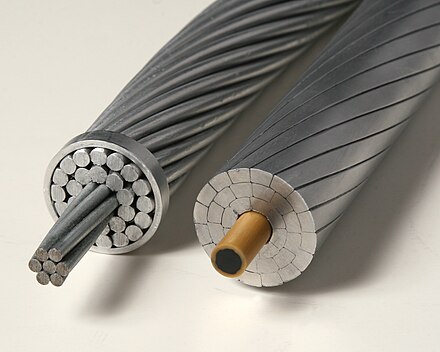I take issue with 'Quantisation Noise', no such thing, in an improperly dithered (Which is to say broken!) quantiser you get quantisation distortion not noise (Distortion is correlated with the signal, noise is uncorrelated), and in a correctly dithered quantiser you get a constant noise floor at about 1LSB which is independent of the applied signal and sets the noise floor.
There are two things, sample rate, which sets the maximum possible bandwidth that can be unambiguously captured, and word length which sets the best case noise floor (And hence dynamic range).
It is however possible to make some tradeoffs here, every time you decimate by 2 you gain an extra 3dB of SNR (Providing the quantiser is correctly dithered), and most modern ADCs leverage this hard, typically being at core a 1 bit DSM of reasonably high order going at MHz rates that then gets decimated down to the output rate within the digital side of the converter chip. This has the really nice advantage that a simple second order lowpass at about 60kHz (Plus the usual RFI networks and such) is entirely sufficient to avoid aliasing, when the DSM is going at 6MHz energy just above the audio band is a non issue irrespective of final output rate as long as the decimating filters are right. Usually you get about 20 bits effective with good modern ADC sand, the rest are just noise.
One nice trap is that many ADCs use half band filtering in the decimators, which saves a lot of multipliers in the IIR, has a good stopband performance, but is only -6dB at the half band point! This means that there is a small region just below output Fs/2 where energy present at just above Fs/2 can alias and appear in the output. It is typically only a kHz or so wide, and not exactly where most humans have much hearing but it is there.
The answer of course is to follow the ADC with a digital filter designed to roll off before this energy appears, slightly annoying to write for a 44.1 or 48k chain as you are working painfully close to Fs/2, but it can be done.
I would note that the critical clock is the modulator clock at typically 24.576MHz or so (Likely divided down internally to somewhere in the 6 or 12MHz region), as it it this that sets the actual conversion timing, it has also mostly not been an issue in about 20 years, but once very much was.
On the subject of preamps I am suspicious that overload behaviour and recovery might be a fertile place to look, not like we all use the API rack for drums because we don't expect it to clip....
16 bits as a distribution format is at least mostly fine, but it is something of a pain in a production context, you have to be all together too careful with gain structure to avoid the noise becoming audible. A GOOD analogue frontend chain manages about 120dB of dynamic range, which happens to match what a real 24 bit converter will typically do quite nicely, that extra 20 odd dB makes a real difference in takes lost to underestimating the tubes on the singer....



